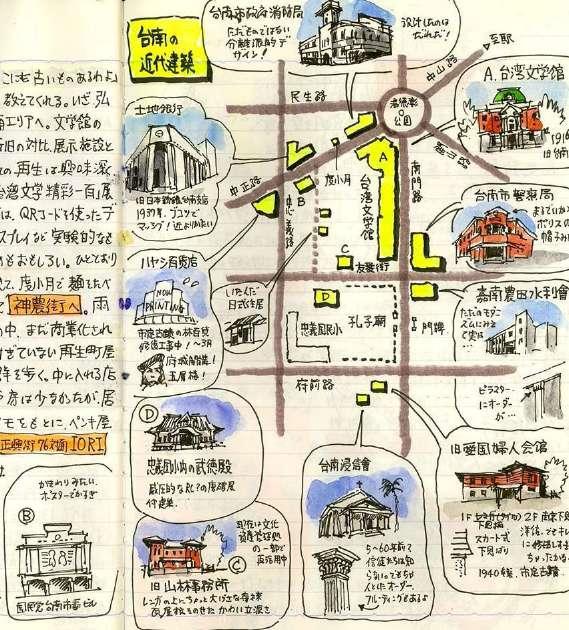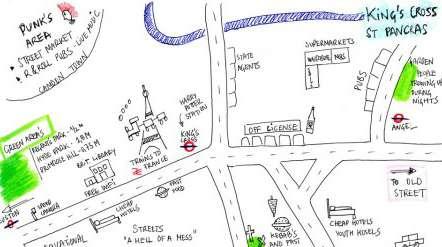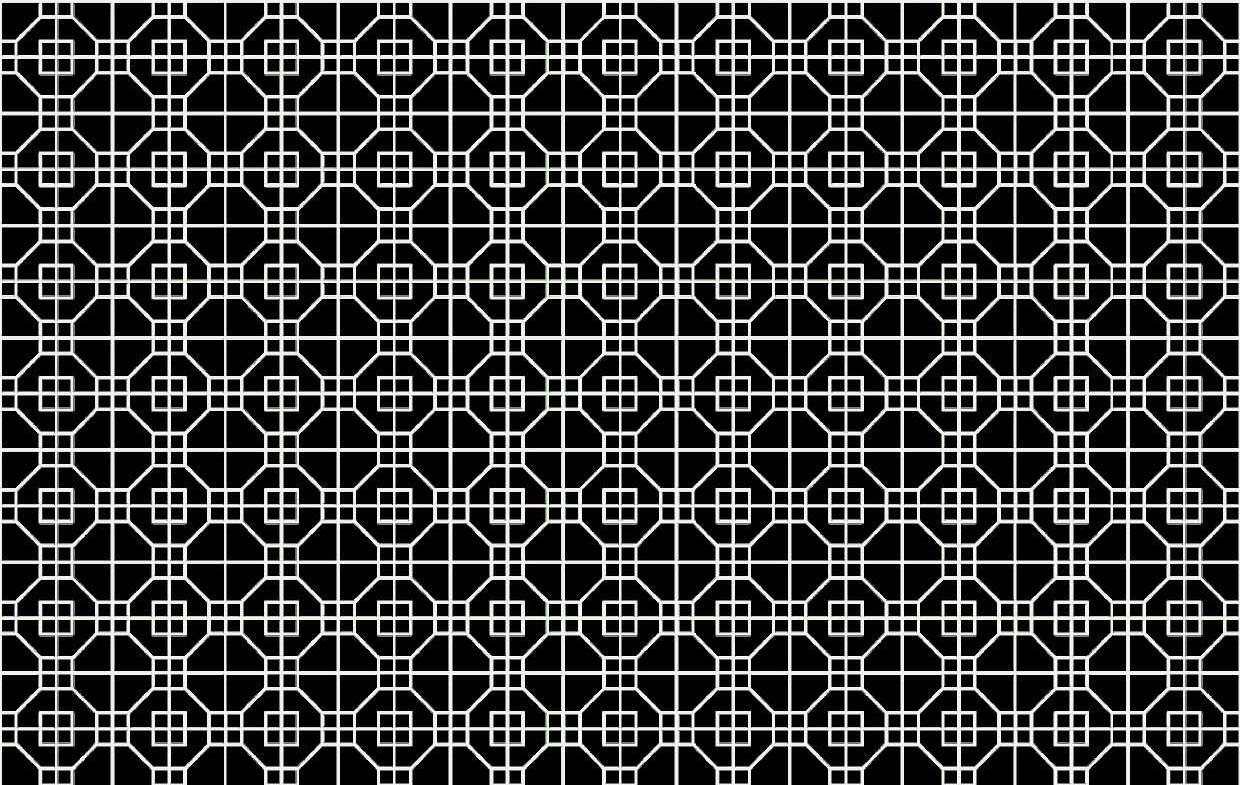
6 minute read
Session 6 . Design Map & Editorial Check

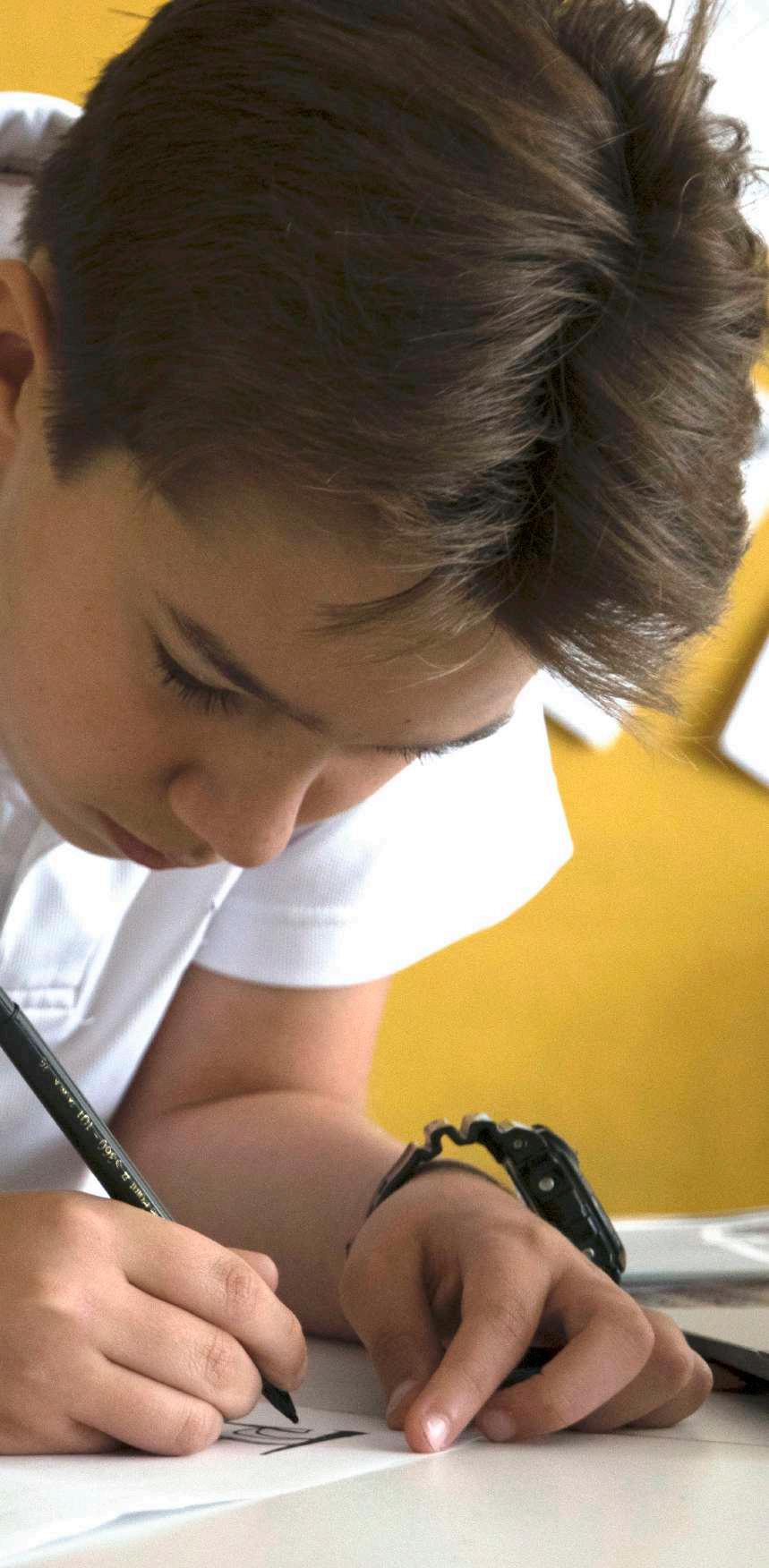

FINE-TUNE CONTENT & DESIGN MAP

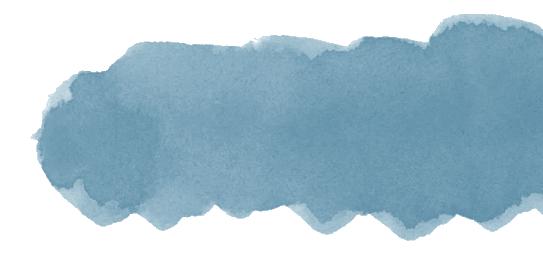
SESSION 6 FINE-TUNE CONTENT & DESIGN MAP

OBJECTIVE
• To learn to receive feedback to use it to improve your end product • To put design ideas and creative thinking into practice

TIME SCHEDULE
DAY FIVE ACTIVITY
Stream 1 9.00 - 10.30 Content production Content Feedback
11.00 - 12.00 Fine-tune & fact-check WHY
To give suggestions on how to improve the quality, style and consistency of their entries. To give students the opportunity to improve their entries so they meet quality standards for publishing
HOW
Sharing general feedback on entries and specific feedback individually.
Students complete their entries based on feedback.
TOOLS
• PPT with general remarks
Stream 2 9.00 - 12.00 Map Design Design Map & Complete Timeline
To produce visuals for the best exhibition Assign a ‘design team’ of 2-3 students to take responsibilities from visual production.

Each group selects their best photos and sketches to be added on the map and the timeline ‘design team‘ can work on the look&feel of the map & timeline. • Base map with street lay-out • Sketch and tracing paper • Printer for photos • Online tutorials
"WHEN I DESIGN A MAP, I LIKE COMBINING THE PAST AND PRESENT, AS WELL AS PUTTING STORIES AND BEAUTIFUL ENCOUNTERS INTO AN INTERESTING VISUAL FORM”

- connie maoshan, map illustrator
notes

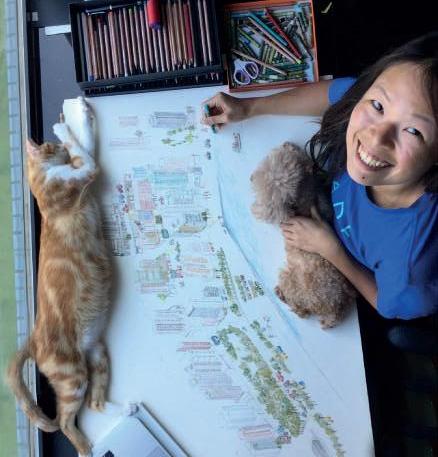

MAP DESIGN
OBJECTIVE
To produce a map that relfects the ‘spirit of place‘ as a leading visual for the exhibition.

QUESTIONS TO ASK
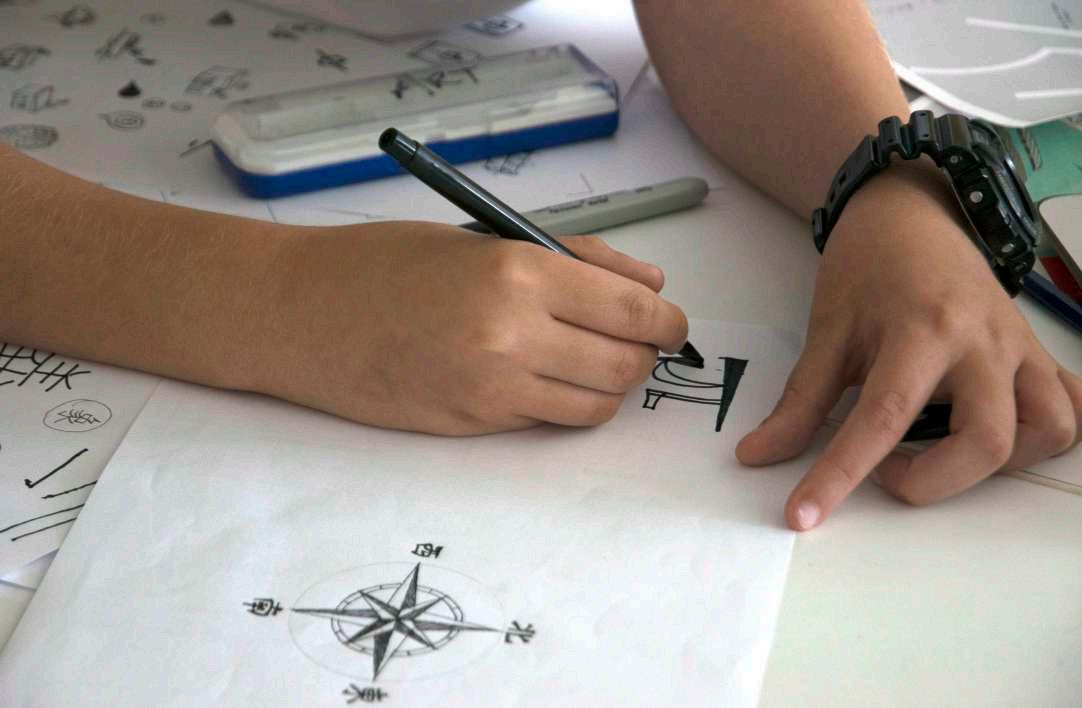
ARTISTIC ODE TO THE NEIGHBOURHOOD
1.How can we best reflect the character of place? The aim of making a neighbourhood map is not to create the finest piece of art. Pick and choose the elements that highlight the narrative of the neighbourhood and be consistent in your style. 2.How can you help? Everyone can contribute to making a map. Divide tasks within the design team (sketching/writing/ layout design/ translation). 3.What kind of icons/ drawings best represent the stories you collected?

#mappingwhatmatters
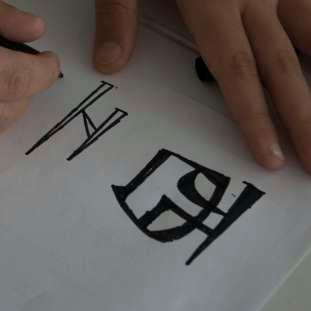
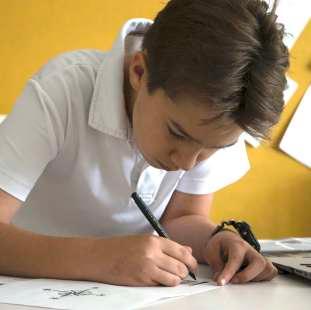
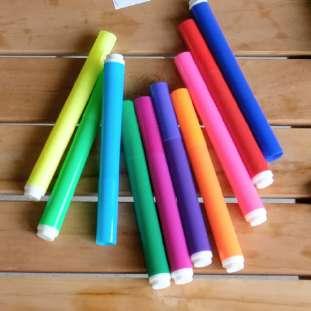
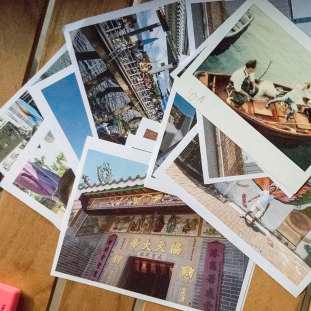
step by step guide
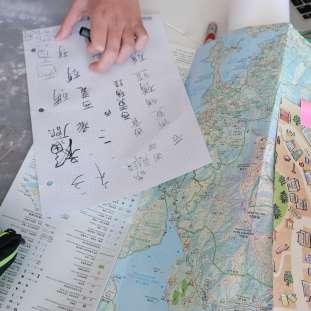
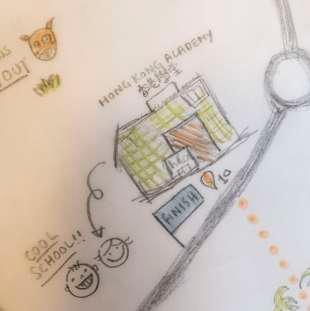

Use your A1 google map print. Use tracing paper and a pencil to sketch the street pattern. Start with the main roads first, then work your way to the finer grid. When you’re happy with the result, use a coloured marker to create a more bold version of your neighbourhood street pattern and stick on top of a A1 white sheet of paper. Find a person with nice handwriting to name the main roads. Now start adding pins with the selected places and small illustrations or photos of your favourite places. Add a title, legend and compass and you’re done!
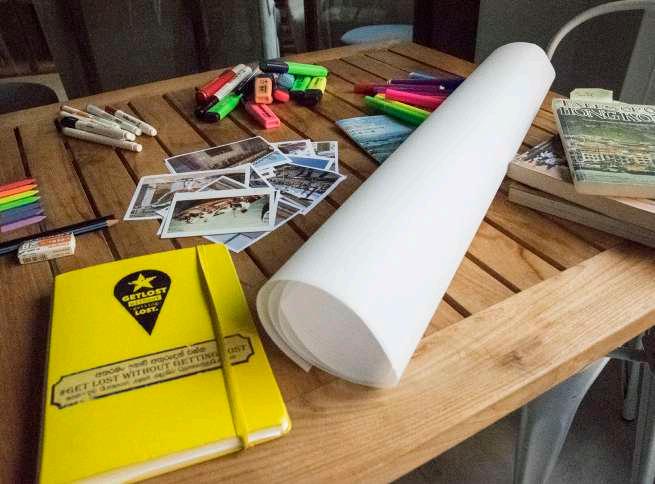

SESSION 6 MAP DESIGN - HAND DRAWN

A sketchy hand drawn map is quick to make and looks great! You can scan and print it, if you want to hand out copies to visitors at the exhibition.
No map is complete without a North/South Compass Hand drawn illustrations or photos of favourite places, your choice! Draw simple base map with street pattern and name the key streets

Number the sites with pins in colours that correspond to the different categories Include QR code so people can easily download the iDiscover app with story trail for free!
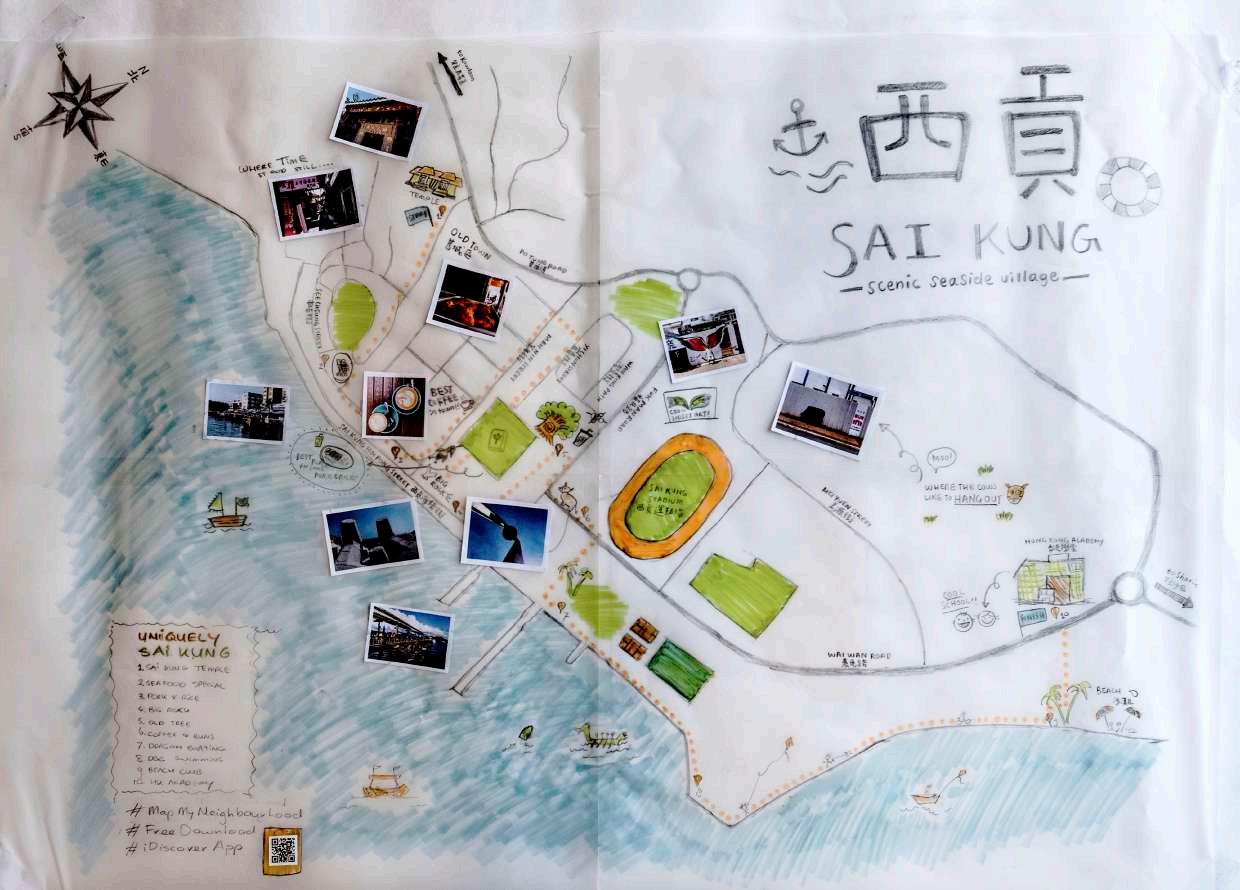
Watch this video for a step by step tutorial!

Include legend with names of the selected places
SESSION 6 MAP DESIGN – DIGITAL

For students who have access to and are familiar with Adobe design software they can create a digital map. Simply follow the instruction in our on-line tutorial and get those creative juices flowing!
No map is complete without a North/South Compass Hand drawn illustrations of favourite places Neighbourhood name, handwritten and scanned Use simple base map with street pattern and name the key streets

Number the sites with pins in colours that correspond to the different categories
Watch this video for a step by step tutorial!
Include QR code so people can easily download the iDiscover app with story trail for free! Include legend with names of the selected places
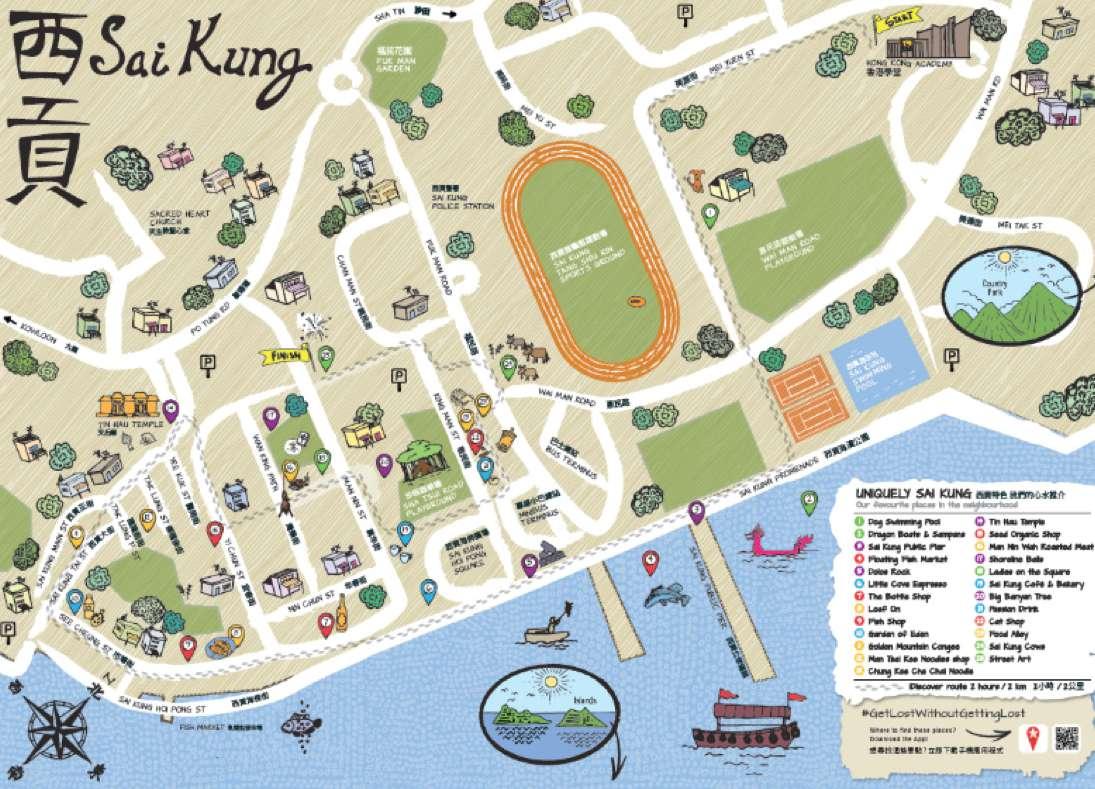


#mappingwhatmatters visual storytelling
Visual storytelling
Based on your research, observations and personal experience, you can select a unique perspective that reflects the spirit of this neighbourhood. Set a theme for your neighbourhood map. Everyone has different experience and feelings towards a place, that’s why no two maps are the same.

Binondo, Manilla
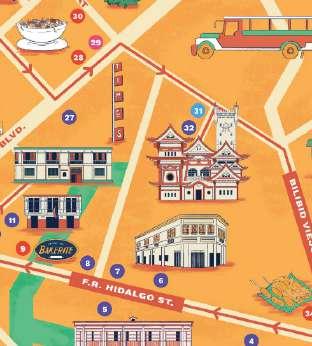
Sheung Wan, Hong Kong Pettah, Colombo
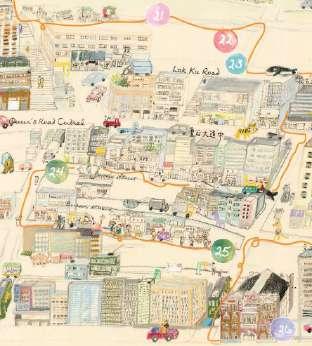
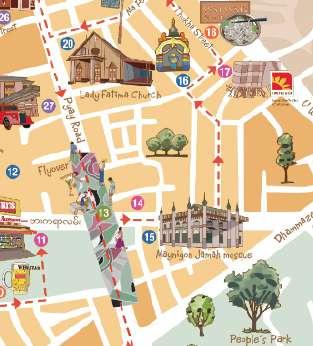
Sanchaung, Yangon Shek Tong Tsui, Hong Kong

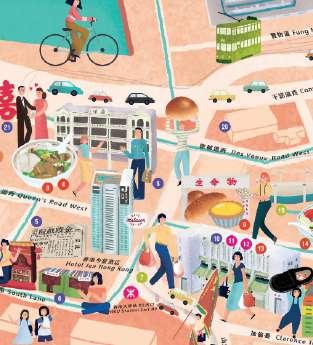
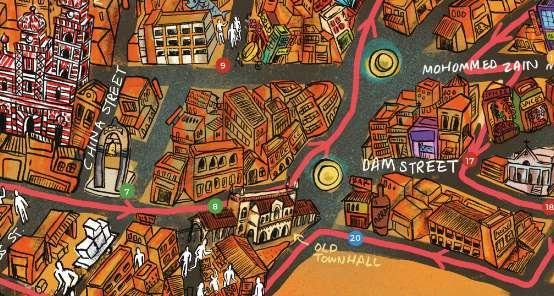


Lai King Elderly-friendly Map by students @ HKSYC&IA Chan Nam Chong Memorial College, Hong Kong
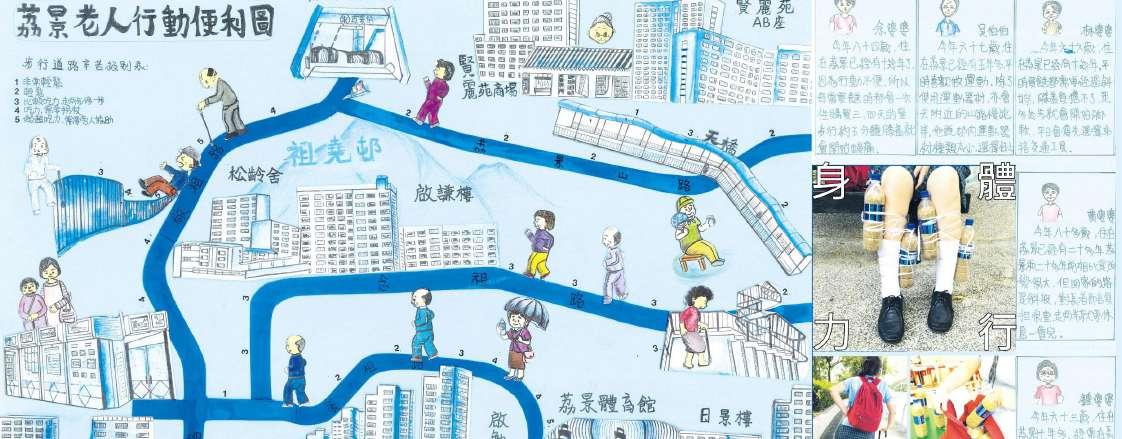
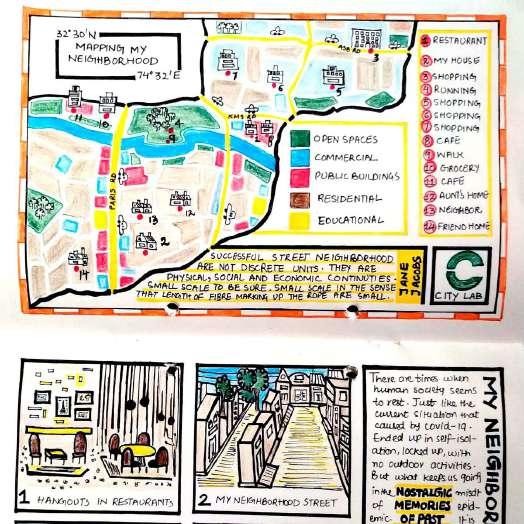
Neighbourhood map by children @ Courtesy of Humara Bachpan, India
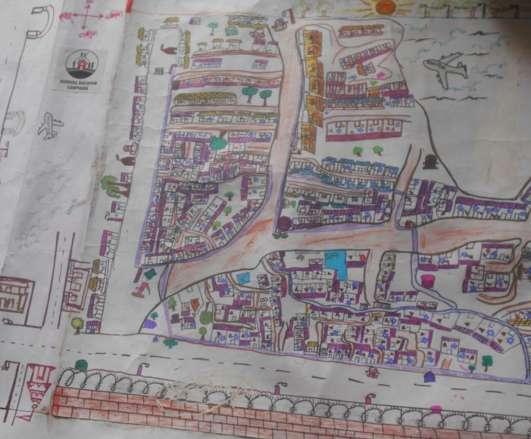
Japanese-style Architecture Map @ Tainan by Yoshitaka Watanabe
